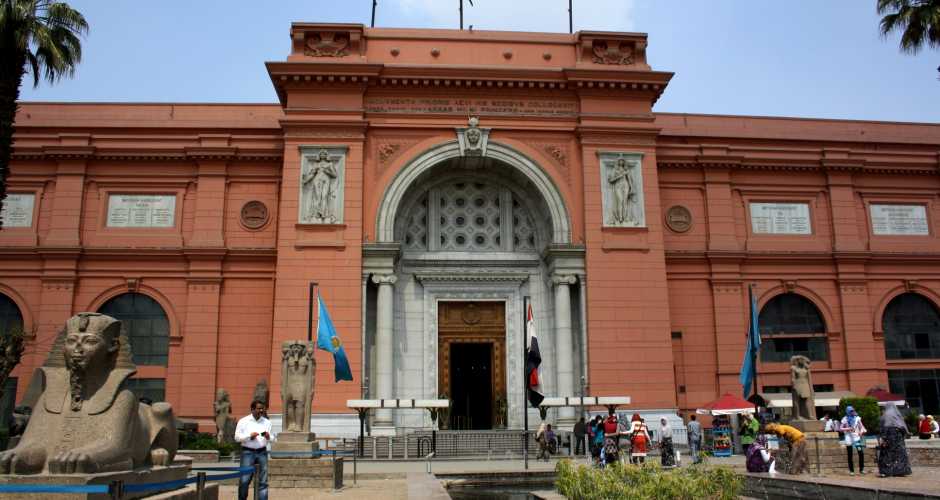- Home
-
Day tours
- Day tours
-
Marsa alam tours
-
Hurghada tours
-
El Quseir Tours
-
Makadi bay
-
Cairo Tours
- Cairo Tours
- Top Things in Cairo
- Siwa tours from Cairo
- Cairo Culture Tours
- Alexandria trips from Cairo
- Nile Cruises From Cairo
- Night Dinner Cruises in Cairo
- Sound and Light show Excursion
- Fayoum trips from Cairo
- Luxor Tours From Cairo
- white desert trips from Cairo
- Al Minya tours from Cairo
- Cairo Travel Packages
- Cairo Desert and Safari tours
- Aswan tours From Cairo
- Cairo Taxi Transfers
-
Luxor Tours
-
Portghalib tours
-
Sharm el Sheikh
-
El Gouna Tours
-
Aswan Tours
-
Sahl Hasheesh Tours
-
Soma Bay tours
- Safaga Tours
-
Airport Transfer
-
Tour Packages
- Tour Packages
-
Egypt Travel Packages
- Egypt Travel Packages
- Egypt Itinerary 4 Days
- Egypt Itinerary 5 Days
- Egypt Itinerary 6 Days
- Egypt itineraries 7 Days
- Egypt itineraries 8 Days
- Egypt Itinerary 9 Days
- Egypt Itineraries 10 Days
- Egypt Itinerary 11 Days
- Egypt Itineraries 12 Days
- Egypt Itineraries 13 Days
- Egypt Itineraries 14 Days
- Egypt Itineraries 15 Days
- Egypt Itineraries 16 Days
- Egypt Itineraries 17 Days
- Egypt Itineraries 18 Days
- Egypt Itineraries 19 Days
- Egypt Itineraries 20 Days
- Egypt Itineraries 21 Days
- Top Egypt Vacation Packages
- Egypt Cruises Packages
- Egypt Christmas Holidays
- Hurghada Holiday Packages
- Marsa Alam holidays packages
- Marsa Alam tour Packages
- Egypt Walking Holidays
-
Shore Excursions
- Egypt Nile Cruises
-
Egypt Attractions
- Egypt Attractions
-
Top Attractions In Luxor
-
Top attractions in Bahariya
-
Top Attractions In Fayoum
-
Top Attractions In Siwa
-
Top attractions in Sakkara
-
Top Attractions In Giza
-
Top Attractions In Aswan
-
Top Attractions In Alexandria
-
Top Attractions In Cairo
-
Attractions in Damietta
-
Top Attractions In Hurghada
-
Top Attractions in El Quseir
- Top attractions in Marsa Alam
- Top attractions in Al Minya
- Top attractions in El Gouna
- Top attractions in Sharm
- Contact us
-
Egypt Travel Guide
- Egypt Travel Guide
- Egypt tours Faq
- Egypt Itinerary 7 Days
- Best Tours in Marsa Alam
- Egypt Itinerary 8 Days
- Travel to siwa from Cairo
- Plan your trip to Egypt
- Is Egypt Safe to Visit
- Egypt Itinerary Planner
- The Best Winter Destinations
- Egypt Tour Packages guide
- The best Nile Cruises in Egypt
- Tips For visiting the Pyramid
- Foods You Need to Eat In Egypt
- The 10 Best Marsa Alam Tours
- Payment Policy
- Covid-19
The Egyptian Museum
No Egypt tour is complete without a visit to the Egyptian Museum in Cairo. With over 120,000 artefacts, the museum houses an unbelievable exhibit depicting ancient Egypt's glorious reign. Mummies, sarcophagi, pottery, jewellery and of course King Tutankhamen's treasures, it's all there. The boy-king's death-mask - discovered in its tomb - is made of solid gold and it has been described as the most beautiful object ever made. Opening hours: 09:00- 19:00 Fri 09:00- 11:00; 1:30- 19:00
One of the world’s most important collections of ancient artefacts, the Egyptian Museum takes pride of place in Downtown Cairo, on the north side of Midan Tahrir. Inside the great domed, oddly pinkish building, the glittering treasures of Tutankhamun and other great pharaohs lie alongside the grave goods, mummies, jewellery, eating bowls and toys of Egyptians whose names are lost to history.

The Egyptian Museum was founded in 1858 at Būlāq, moved to Al-Jīzah (Giza), and moved to its present site in 1897–1902. It is unique in its presentation of the whole history of Egyptian civilization, especially of antiquities of the Pharaonic and Greco-Roman periods. The more than 100,000 items in the museum include some 1,700 items from the tomb of Tutankhamen, including the solid-gold mask that covered the pharaoh’s head. Other treasures include reliefs, sarcophagi, papyri, funerary art and the contents of various tombs (including that of Queen Hetepheres), jewelry, ornaments of all kinds, and other objects. There is a block statue of Queen Hetepheres, one of the earliest examples of its type, and there is also a black granite sculpture of Queen Nefertiti. A sculpture of Amenhotep II shows him as the god Tenen. There are also granite figures of Queen Hatshepsut, as well as colossal figures of Amenhotep IV (Akhenaton) from Karnak. The museum also houses a small but fine collection of Fayum portraits from Hellenistic and Roman times.

The current museum has its origins in several earlier efforts at managing Egypt’s ancient heritage, beginning in 1835 when Egyptian ruler Mohammed Ali banned the export of antiquities. French architect Mariette’s growing collection, from 35 dig sites, bounced around various homes in Cairo until 1902, when the current building was erected, in a suitably prominent position in the city. There it has stood, in its original layout, a gem of early museum design.

Until 1996, museum security involved locking the door at night. When an enterprising thief stowed away overnight and helped himself to treasures, the museum authorities installed alarms and detectors, at the same time improving the lighting on many exhibits. During the 2011 revolution, the museum was broken into and a few artefacts went missing. To prevent further looting, activists formed a human chain around the building to guard its contents. By most reports, they were successful.Most objects are still on display, although some are being moved to the Grand Egyptian Museum. While some rooms are being refurbished, the objects are deposited elsewhere in the museum. This museum will remain a major sight, but it is not yet clear when the Grand will open and what will remain here.
